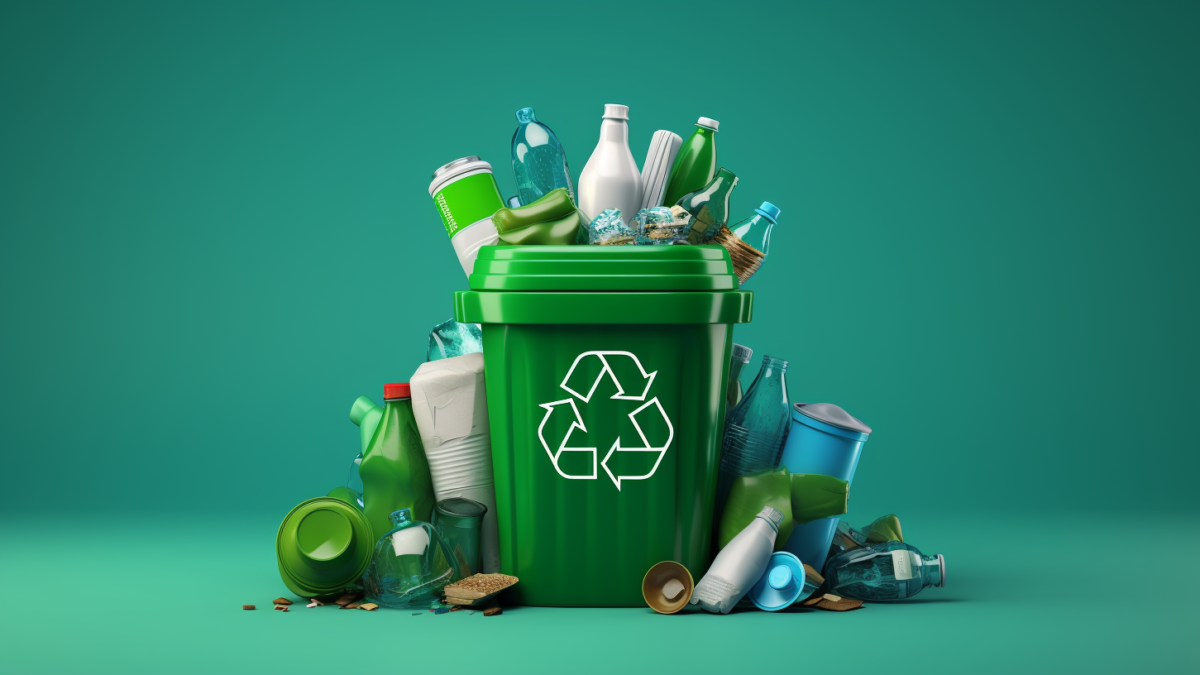Abstract
Several studies and researches have been conducted on the sources and characteristics of wastes as well as the possible adverse effect of inappropriate handling and best international practices. One thing that is still not clear however is what exactly constitutes a waste? How much do we know about what should be classed as waste? What are the historical contexts of waste managements? The present paper seeks to examine these vital questions with a view to providing answers from previous studies. The paper employed a desktop approach to provide answers to the research objectives. Specifically, the paper uses a descriptive approach to gather information from peer reviewed publications such as, journal articles, environmental organizations reports and books. It was found that, waste is to a large extent subjective in meaning as a substance can only be regarded as a waste when the owner labels it as such. This is particularly true because one individual may regard a substance as a waste, while another may view the same substance as a resource. Nevertheless, it was argued that there is a need to clearly define what constitute wastes as this form the basis for regulation.
The Concept of Waste
Most human activities generates waste (Brunner and Rechberger, 2014). Despite that, the production of wastes
remain a major source of concern as it has always been since pre historic period (Chandler et al, 1997). In
recent times, the rate and quantity of waste generation have been on the increase. As the volume of wastes
increases, so also does the variety of the waste increases (Vergara and Tchobanoglous, 2012). Unlike the pre
historic period where wastes were merely a source of nuisance that needed to be disposed of. Proper
management was not a major issue as the population was small and a vast amount of land was available to the
population at that time. In those days, the environment easily absorbed the volume of waste produced without
any form of degradation (Tchobanoglous et al, 1993).
A substantial increase in volume of wastes generation began in the sixteenth century when people began to move
from rural areas to cities as a result of industrial revolution (Wilson, 2007). This migration of people to cities led
to population explosion that in turn led to a surge in the volume and variety in composition of wastes generated
in cities. It was then that materials such as metals and glass began to appear in large quantities in municipal
waste stream (Williams, 2005). The large population of people in cities and communities gave rise to
indiscriminate littering and open dumps. These dumps in turn formed breeding grounds for rats and other vermin,
posing significant risks to public health. The unhealthy waste management practices resulted in several outbreaks
of epidemics with high death tolls (Tchobanoglous et al, 1993). Consequently, in the nineteenth century public
officials began to dispose waste in a controlled manner in other to safe guard public health (Tchobanoglous et al,
1993).

